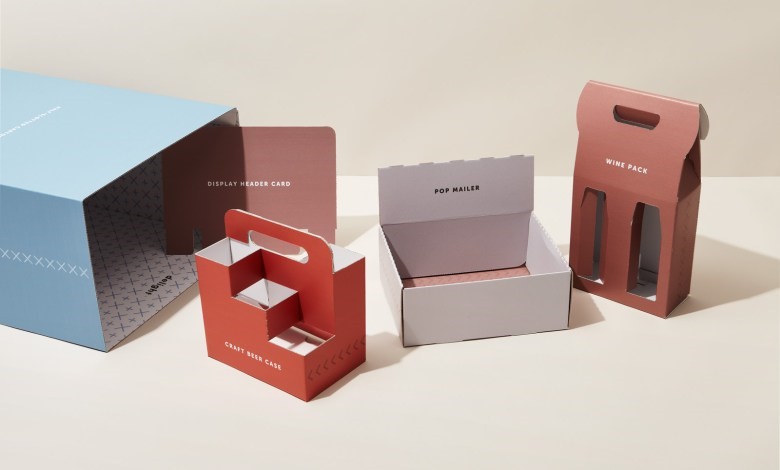
How To Make Your Photos Ready For Online Ecommerce Shopping?
If you are in the online e-commerce business, you will be pleased to know that you can use photographs to attract attention. Creating photos specifically for online shopping and e-commerce sites will help you provide the best representation of your product. Accurate and professional-looking photos are essential to ensure customers have trust in your brand. Potential buyers will be able to assess quality and features more easily with enhanced product images. With well-designed product photos, shoppers will be drawn in more quickly and feel more confident making a purchase.
Good quality photos will also help you to stand out from your competitors. Properly edited images can show off the finer details of your product and entice shoppers to purchase from you. Product shots can be used to illustrate the many advantages of a product and build strong customer relationships.
Making your photos ready for online shopping sites is an important part of creating an effective shopping experience. By putting in the extra effort to create high-quality images, customers will feel more confident purchasing from your online store. Ultimately, good product photography will help to drive sales and create a lasting impression on your customers.
You can also use images to enhance your brand’s visual identity. Whether you are selling clothing or accessories, you can create a more compelling presence in your target market by displaying your products in a variety of ways. For instance, you can take photos of your merchandise from different angles or even set up displays that showcase your wares in front of the camera.
Important notes on make Your Photos Ready For Online Ecommerce Shops
- Ensure the quality of the images you take: Use a high-resolution camera and proper lighting.
- Optimize the file size of the images: Reduce the file size of the photos to make them load quicker.
- Resize the images: Ensure that all images are the same size and resolution to make them look organized on the website.
- Crop and adjust the images: Crop the images and alter the brightness, contrast and saturation to make them attractive and attractive.
- Add taglines, captions and labels: Enhance the images further by adding relevant tags, captions, and labels.
- Add a border: Add a simple border around the image to make it look more professional.
- Save in the correct format: Save the images in the correct file format (such as JPG or PNG) for easy uploading and quick loading.
Best image format of online sellers
The best photo format for online shops depends on a variety of factors, such as the type of product offered, the desired web page loading speed, and design preferences. Generally, JPEGs work well for most online shops, as they are relatively small in file size and can support a wide range of colors. Other formats, such as PNG and TIFF, may be better suited for products that require more detail or photographs that need to be adjusted easily in post-editing software. When possible, it is recommended to upload multiple versions of a product photo in different sizes and formats, allowing customers to easily download the best option for their needs.
WebP images, optimized format for SEO
If SEO is important for you, why it shouldn’t be in fact then you should consider WebP format, WebP is an image format developed by Google that provides superior lossless and lossy compression for images on the web. It’s an excellent choice for websites looking to speed up their page loading times by reducing their overall page size. WebP is especially beneficial for websites that rely on lots of images, such as ecommerce sites, photography websites, and other media-heavy sites. It can also be helpful for websites that require lossless image quality to prevent distortion or degradation of image quality.
Pros and cons of using WebP images:
Pros:
– WebP images have up to 25-34% smaller file sizes than their PNG & JPG equivalents, resulting in faster page loading times.
– WebP images are supported by the most commonly used web browsers, including Chrome, Firefox, and Edge.
– It supports transparency, shadows, and highlights; this makes it a great choice for photography and other images that require a lot of detail.
– WebP supports animation and can be used for creating gifs and videos.
Cons:
– WebP images are not supported on all web browsers, so some users won’t be able to see them.
– Converting images to WebP requires specialized software, making it more difficult for some people to use.
– WebP images can’t be edited in most photo editor programs, which limits their versatile.
Tips to get professional photos for your ecommerce and online shop
Using A Tripod
One way to get a better angle is to use a tripod. This will keep your photo steady while minimizing blur and distortion. In addition, using a tripod will keep the images on your website looking crisp and clear. There are plenty of tools that you can use to compress your photo files and create smaller images. Some of these tools are available for free, while others require you to shell out a few bucks. A standard image editing program is also a great way to make your photos more legible to your customers.
A well-crafted photo can be a powerful tool for increasing conversion rates and putting your wares ahead of the competition. But you need to be sure that your photography is up to snuff if you want to maximize your potential. Even if you are a seasoned photographer, you may need a little help in order to capture the right angle and show off your products in a more creative light.
Watermark Art Carefully
There are a number of ways to watermark art without ruining it. You can create a digital signature, including text, or use a logo. However, it is important to choose a watermark that works well with your artwork. Using a large and intrusive watermark can make your work look terrible and distract from the image. Adding a smaller, more subtle watermark to your photos is also a good idea.
Creating a watermark for your artwork is a way to protect your digital artwork from theft. It is easy to make sure that thieves don’t use your photos and it can also help to promote your work. This is especially important if you are sharing your work with others online. If you’re not comfortable creating a watermark yourself, you can hire a photo editor to do the job for you.
Watermarks are usually written in a style that is easily read. This makes it easier for people to identify the source of the work. In addition to writing your name, you can place a phone number or website address. But be careful not to use a font that is too calligraphy-like. These types of fonts are often difficult to read and may detract from the artwork. Also, try to write the name in a more muted font. Keeping your writing in a neutral color also helps to avoid distracting contrast at the edges of your images. How to Watermark Art Without Ruining It? You should know all about it and then should try doing watermark art withiout ruining it.
Images Must Be Most Functional And Attractive
The best product images should be the most functional. They should be bright and crisp, and they should show off all of your product’s best features. Whether it’s a clothing item or a tech gadget, you can’t expect shoppers to make a purchase if the items they are viewing aren’t up to par. And, if you’re selling an object that won’t stand up, you’ll need to have someone to lend a hand. The ecommerce industry is constantly changing, and with it comes the need for new and improved technologies. Among them are apps that can help automate certain marketing activities, including those involving holiday campaigns. Using a product feed is a great way to increase sales on days when search volume is at its highest. By incorporating product-related algorithms into your strategy, you can increase your conversion rates and take your online store to the next level.
Watermarks can be created in Photoshop or other graphics software. The easiest way to create a watermark is to use a tool called the Rectangular Marquee Tool. Using this tool, draw a rectangle around your photograph. Once the rectangle is drawn, you can add your text or logo to the outside of the rectangle. For a more organic look, you can also use a blank layer to create a border around your work.
Wrapping It Up
While most people want to share their art with other people, they don’t want to risk unauthorized use of it. By putting a watermark on your pictures, you can deter people from copying your artwork or using it for commercial purposes. Additionally, if someone wants to repost your art, they can’t do so without identifying your gallery. Whether you are a new artist or an established one, watermarking your work is a great way to protect it. Watermarking helps to build brand awareness and prevent unauthorized use of your images.




